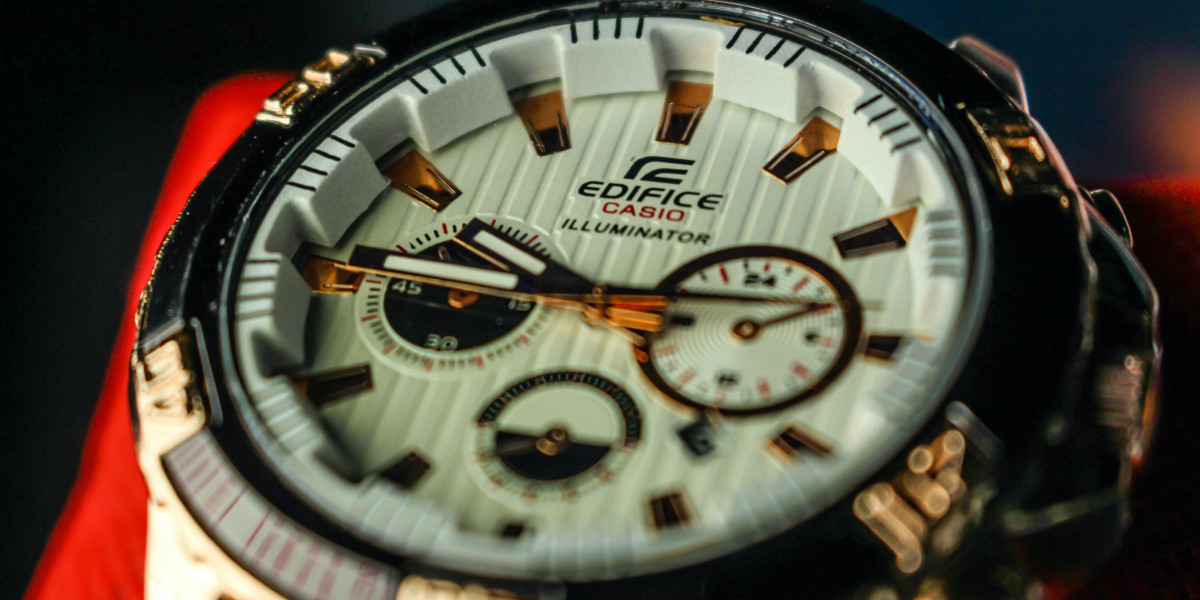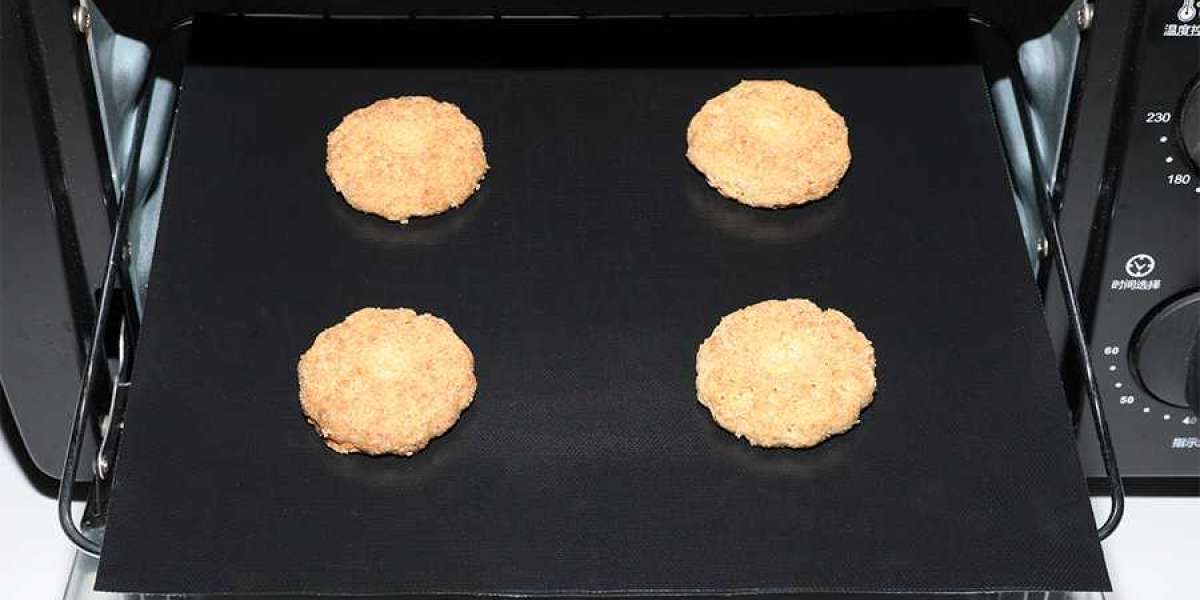INTRODUCTION
If you're thinking about buying a watch from a reputable brand but are afraid to buy it directly from their stores or trustworthy internet dealers, this blog post can assist. We will dig into the realm of genuine wristwatches and provide you with the information and skills you need to reliably recognize authentic items. Understanding the major aspects and utilizing a few tactics will allow you to detect the small distinctions that distinguish real timepieces from their counterfeit equivalents.
Before we begin, it is important to emphasize the necessity of conducting extensive research and contacting credible sources before purchasing a luxury watch. While this guide will offer you useful information, it is always suggested that you seek professional advice or purchase from authorized dealers to ensure the validity of your purchase. With that stated, let's look at some strategies for identifying and verifying the authenticity of wristwatches, so you may bring home a genuine wristwatch to appreciate for years to come.
AUTHENTICITY INDICATORS: ASSESSING QUALITY AND FINISHING
When it comes to detecting an authentic wristwatch, it is important to pay special attention to its workmanship and overall quality. You may rapidly discover differences that may suggest a fake watch by inspecting several characteristics such as edges, polish, markings, and engravings. Consider the watch's color and material quality.
You may considerably improve your ability to recognize an authentic wristwatch by considering these qualities and finishing aspects. To achieve a confident and reliable purchase, these signs should be used in conjunction with additional authentication procedures and professional competence.
WATCH HANDS: A CLUE TO AUTHENTICITY IN WRISTWATCHES
To evaluate the authenticity of a wristwatch, first, examine whether the watch hands are made of the proper material. Examine the form and size of the watch hands. Genuine wristwatches are meticulously made to ensure that the hands are proportional and in line with the overall looks of the watch. Distinctions in the form or size of the hands might indicate a fake watch.
You may improve your ability to distinguish between a genuine timepiece and a counterfeit imitation by inspecting the material, shape, size, and movement of the watch hands, as well as the consistency and alignment of the serial number.
PRICE: A TELLTALE SIGN OF AUTHENTICITY IN WRISTWATCHES
The price might be a good signal. While everyone enjoys a good deal, it is critical to exercise care when discovering a watch that appears to be extraordinarily inexpensive or too good to be true. An incredibly cheap price is sometimes a strong indication of a counterfeit or second-hand watch. It's vital to remember that the old saying "you get what you pay for" applies to wristwatches as well. While authorized dealers may occasionally provide reductions or promotions, a significant price difference compared to the market value might raise suspicions about the watch's authenticity.
In conclusion, the price of a wristwatch might be a useful indicator of its genuineness. Suspiciously cheap costs should raise red flags and trigger more research to verify you are purchasing a legitimate wristwatch that reflects the quality and value associated with real wristwatches.
WEIGHT: A CLUE TO AUTHENTICITY IN WRISTWATCHES
When it comes to determining the authenticity of a wristwatch, weight might be an important sign. Genuine branded wristwatches are painstakingly constructed from valuable materials such as stones, gems, gold, silver, and metal alloys. These high-quality components add to the overall weight of the watch, making it seem solid and strong on the wrist.
You can feel the hefty weight of a real wristwatch in your hand, which attests to its longevity and craftsmanship. An average or fake watch, on the other hand, would often feel lighter, slight, and less solid due to the lack of authentic materials and expert manufacturing. While weight might be a useful signal, it should not be used as the main criterion for authenticity.
By considering weight in addition to other authentication indicators, you may improve your ability to tell the difference between a real and a fake, allowing you to make a more educated buying decision when it comes to getting a true masterpiece for your wrist.
PRODUCT SPECIFICATIONS: A KEY TO DISTINGUISHING GENUINE WRISTWATCHES
Examining the product specs of a wristwatch is an excellent technique to guarantee its authenticity. You may compare and check the specifics of the watch you want to buy by reviewing the official product specs published by the company.
It's critical to familiarize yourself with the logos, stamps, and trademark designs linked with the company you're investigating. Luxury watch companies sometimes include distinguishing and recognizable aspects in their watches, such as engraved logos, unusual serial numbers, or limited edition marks. Understanding these brand-specific traits will help you make an informed decision.
PACKAGING: A REFLECTION OF AUTHENTICITY IN WRISTWATCHES
The quality of the box case is one of the first signs of legitimacy. Genuine wristwatches come in packaging that is meticulously created and matches the brand's image. The logo, branding, and general design of the box should closely reflect the images you've seen online. Any differences in the box's look, such as poor construction or visible design errors, may indicate a fake watch.
Examining the packing, particularly the box case, quality, and associated paperwork might provide vital information about the legitimacy of a wristwatch. It is crucial to highlight that counterfeiters have gotten more adept in their package reproduction, necessitating familiarization with authentic packaging qualities and seeking professional guidance when in doubt.
SERIAL NUMBER: IDENTIFYING AUTHENTICITY IN WRISTWATCHES
To tell the difference between a genuine and a fake watch, look at the serial number on the watch case and bracelet. In certain situations, the serial number is also printed on a sticker situated behind the watch's dial. It is also worthwhile to examine this section to confirm that the serial number corresponds to the official data given by the brand. The consistency of all serial number locations adds to the validity of the wristwatch.
You may increase your trust in the authenticity of the wristwatch by confirming that the serial numbers on the watch case, bracelet, and perhaps behind the dial match. When buying in a genuine wristwatch, combining this evaluation with additional authentication techniques and obtaining professional advice can help you make an educated selection.
CONCLUSION
You may increase your trust in the authenticity of the wristwatch by confirming that the serial numbers on the watch case, bracelet, and perhaps behind the dial match. When buying in a genuine wristwatch, combining this evaluation with additional authentication techniques and obtaining professional advice can help you make an educated selection.
Counterfeit watches may attempt to imitate these traits, but careful examination and understanding may help distinguish real watches from reproductions. Remember to do complete research, educate yourself on the exact brand and model you're interested in, and, if required, seek the advice of authorized dealers or industry experts. By equipping yourself with knowledge and paying attention to apparent signals of authenticity, you can make an informed selection when selecting wristwatches, ensuring that your investment is real, dependable, and deserving of your appreciation.



